On June 30th, 1953 the first production Corvette rolled off the assembly line.
And after being re-christened as the Sting Ray in 1963, the C2 Corvette brought ever-increasing performance to “America’s Sports Car.” Yet as the 1960s stretched on, gearheads were eager to see what the anticipated C3 redesign would bring. So let’s take a look at the Corvette’s C3 Generation—an era that saw significant changes, not just to the car but to the entire auto industry.
This article is part of an expanding series on the history of the Corvette. You can see all the stories we have so far here:
- A Look Back at the History of the Corvette C1 (1953-62) Generation
- A Look Back at the History of the Corvette C2 (1963-67) Sting Ray Generation
- A Look Back at the History of the Corvette C3 (1968-82) Stingray Generation
- A Look Back at the History of the Corvette C4 (1984-96) Generation
- A Look Back at the History of the Corvette C5 (1997-2004) Generation

A Mako Spawns a Sting Ray (Again)
The third generation Corvette story starts with a familiar name: Bill Mitchell, the styling chief responsible for the stunning C2 Corvette Sting Ray. Mitchell asked Larry Shinoda, another talented designer who had also worked on the C2 Sting Ray, to begin a styling exercise for the nascent C3 Corvette.
Shinoda borrowed some themes from the earlier XP-755 Mako Shark concept of 1961 that influenced the C2 to deliver the XP-830 Mako Shark II in 1964. A pair of Mako Shark IIs were built and they were displayed at all the major auto shows.

The Mako Shark II was an instant hit on the show car circuit. And with its exaggerated fenders and narrow waist, it’s easy to see how the concept car predicted where C3 Corvette styling was headed.
Yet, the public’s overwhelmingly positive response to the Mako Shark II presented Chevy designers and engineers with a big dilemma: how to transform the wild concept car into a practical production vehicle.
…Oh, and get it done in 18 months so the C3 is ready for the 1967 model year.

Meet the All-New 1967…err…1968 Corvette
OK, so Chevy’s Corvette development team couldn’t get the C3 ready in time for 1967. (The silver lining here is that the delay meant another year of the C2 Sting Ray—along with a fantastic new Stinger Hood on big block cars.)
But when GM pulled the wraps off the C3 in September of 1967, the automotive press noted how faithful the production car was to the Mako Shark II concept. The C3 Corvette offered plenty of modern features too, including fiber optic light indicators in the console, GM’s new “Astro-Ventilation” system, and full pop-up headlights.

Underneath that futuristic fiberglass body though, was essentially the same frame that underpinned the earlier C2. Not that that’s a bad thing mind you, as the independent rear suspension chassis was forward-thinking when it was introduced and had been refined on the highways and race tracks across America for several years already.

Buyers got pretty much the same powertrain options as 1967 too—including the fabled L-88 427 engine. Chevy also offered the new C3 with the TurboHydramatic automatic transmission, replacing the venerable Powerglide. Big block Vettes got a TH400 while the small block cars received the TH350.
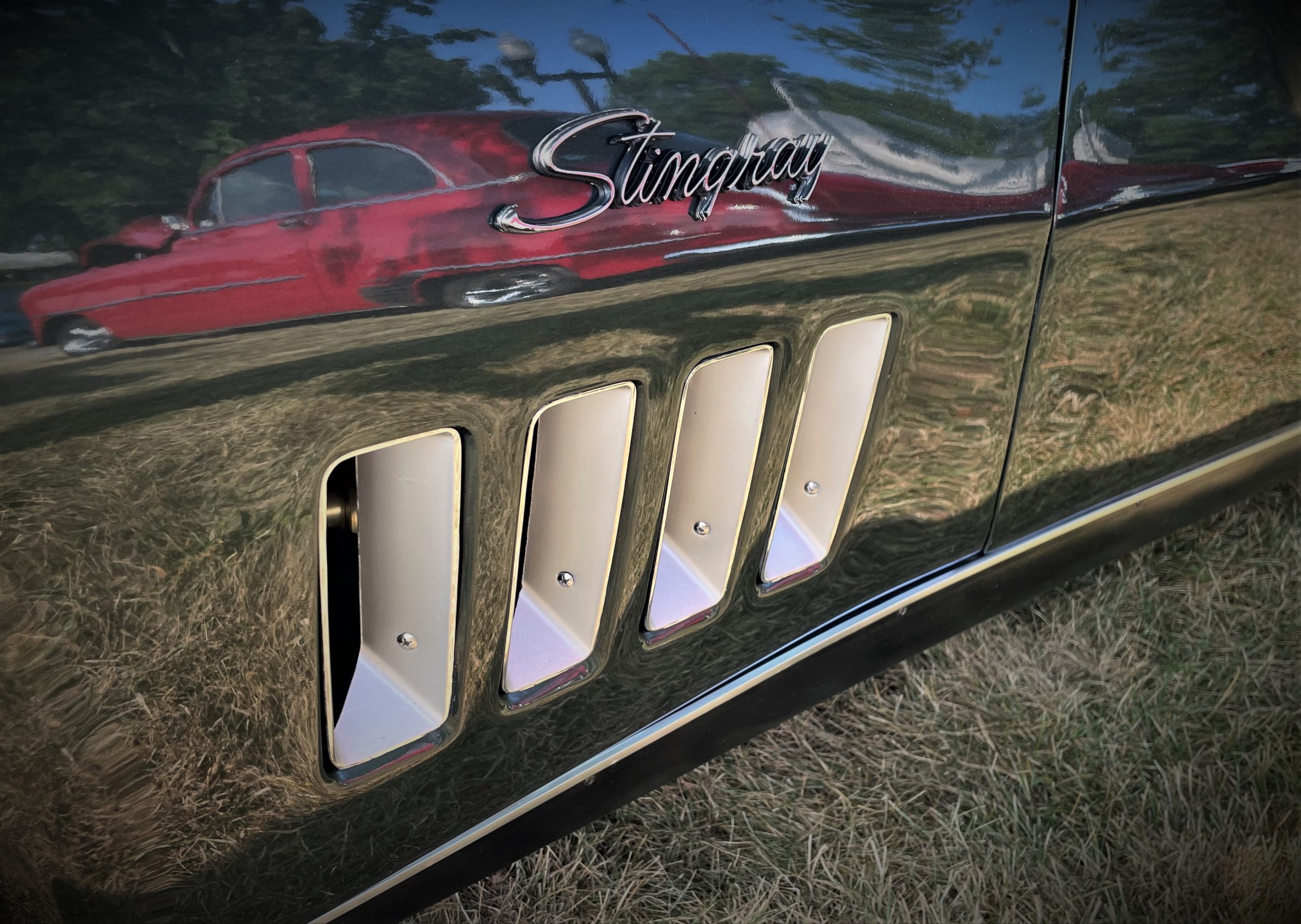
What’s often overlooked is that the 1968 Corvette also marked the first mainstream domestic use of T-tops. Positioned as a practical compromise between a hardtop and convertible, many folks point to T-tops as one of the factors that led to the demise of the ragtop Corvette a few years later.

It would be another few months before the C3 Corvette would be in the wild, but once it got into the hands of the public, the C3 set a sales record in 1968, moving almost 20,000 coupes and convertibles combined.
C3 Corvette Style & Design Evolution

The Corvette carried on without any major changes for 1969, with perhaps the most notable addition being the script “Stingray” emblem (one word) now appearing on the front fender. Truth is, the moniker was largely absent in the first year of the C3, with only a few bits of sales literature referring to it as a “Sting Ray” using two words, as it had been for the C2 generation.

Yet some negatives bubbled to the surface in these early C3 ‘Vettes—often attributed to the Mako Shark II’s hasty ramp-up from concept to production car. Things like rattling interiors and hot-running engines could vex owners.
Many of those early issues were addressed in a 1970 refresh, which also included a reworked body with integrated splash guards to contain water and muck thrown from the tires.
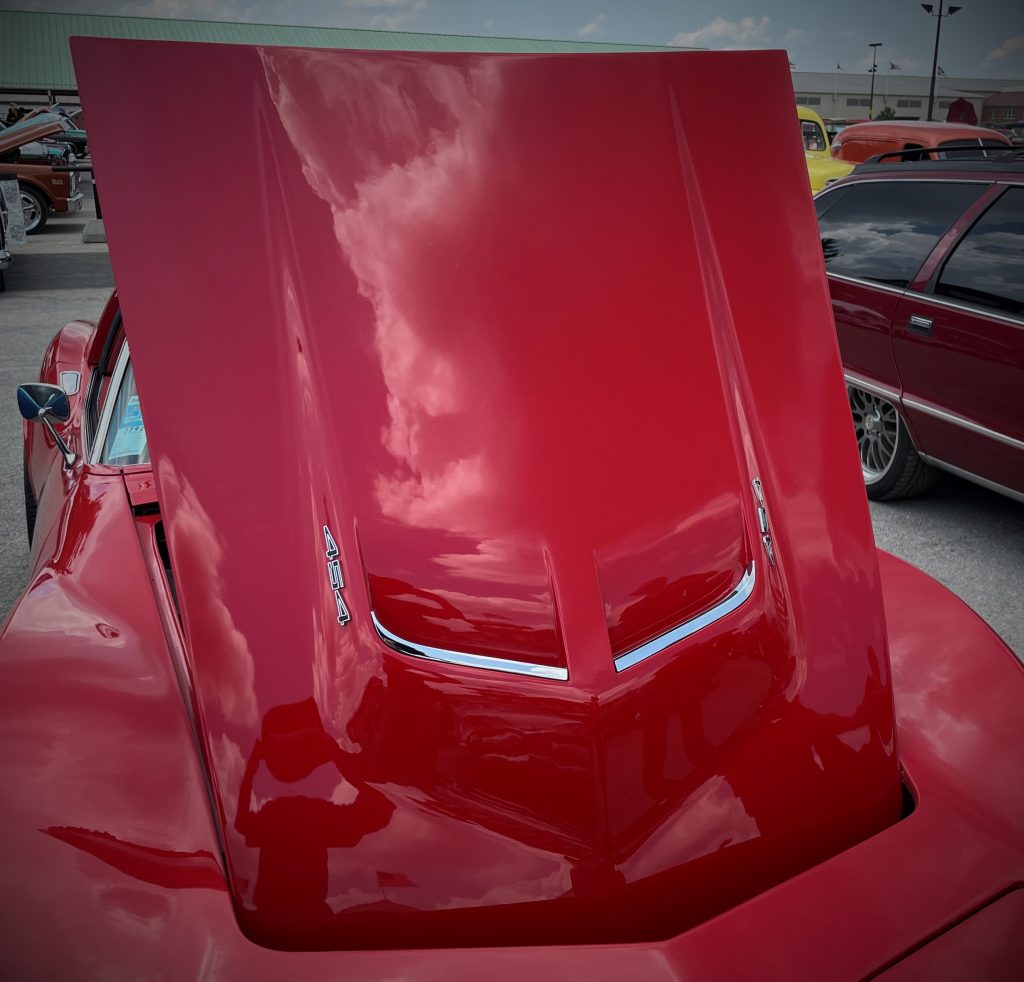
There were some purely cosmetic updates in 1970 too.
Large shark-like fender gills gave way to eggcrate side louvers, and the eggcrate theme carried over below the chrome bumper, replacing the horizontal bars that were there in 1968 and ’69. Out back, the round exhaust cutouts changed to accommodate new rectangular exhaust tips.

The strike shortened production year meant that 1970 and 1971 were pretty similar, and one of the few noticeable changes in 1972 was the removal of the innovative fiber optic indicators on the console, which let you know if you had any burned-out bulbs out back.

But in 1973, things started to really change—both for the Corvette and the entire automotive industry.
To meet new government-mandated crash standards, the 1973 Corvette traded its chrome front bumper bar for a slick-looking urethane nose. Along with new fender vents, 1973s also got a revised cowl hood that ran all the way to the windshield, eliminating the separate, vacuum operated wiper door on 1968-72 models.
In 1974, the rear chrome bumper was gone too, also due to evolving crash standards—hence why many refer to the 1968-73 Corvettes as the C3’s “chrome bumper” era.
1974 marked the final year of any big block option as well.

In 1975, the big block was gone and it was also the final year of the C3 convertible—a ragtop wouldn’t return until 1986. The small blocks were now designed to run on unleaded gas, and other upgrades, like an electronic ignition, further improved efficiency.
The Corvette team also said goodbye to Zora Arkus-Duntov, as he retired from GM in 1975. Duntov had been with the Corvette almost since its inception and, as Chief Engineer, had played a pivotal role in building the car’s performance pedigree. (Yet Duntov’s replacement, Dave McLellan, would soon prove that the ‘Vette was in good hands.)

The Corvette soldiered on for 1976 and 1977 with relatively minor updates, in part due to the scramble for GM to ensure all its vehicles could meet evolving safety and emissions requirements—not that it mattered much, as C3 Corvette sales had increased every year through the 1970s at that point.
Though it’s noteworthy that, in 1977, the “Stingray” fender emblems were replaced by updated Corvette Crossed Flags badges.

For its 25th birthday in 1978, the Corvette began the final stretch of its C3 evolution. The biggest change was out back, where the flying buttress C-pillars were replaced by a bubble glass canopy. Not only did this improve the C3’s aerodynamic profile, it significantly increased interior storage space.

The 1978 Corvette was also picked to pace the famous Indianapolis 500 race for the very first time—a job its done well over a dozen times since. As such, the 1978 Corvette had two special editions: a silver/black 25th Anniversary model and a Pace Car replica, complete with authentic Indy 500 livery.
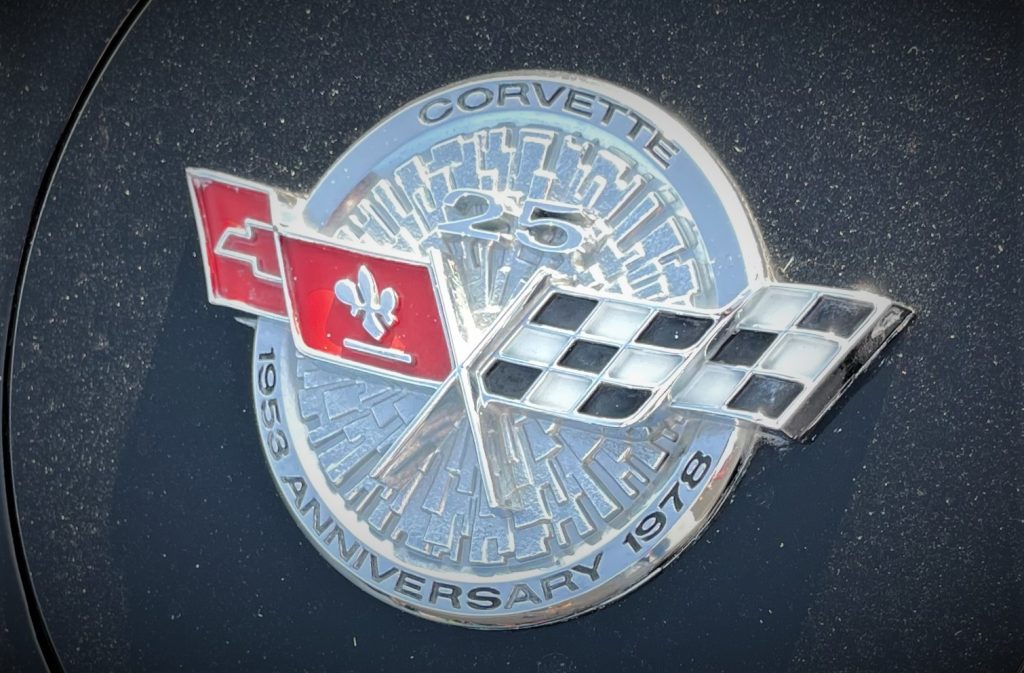
Sales were down slightly in 1978, but next year the C3 hit its high water mark as Chevy sold over 53,000 Corvettes in 1979. The rear ducktail spoiler that was an exclusive feature on the Pace Car in 1978 became available on every Corvette in 1979, but the model carried over pretty much unchanged.

In 1980, the Corvette got its final style update of the C3 generation, incorporating a new shovel nose and a revised rear end with integrated spoiler.

The 1981-82 Corvettes are mostly unchanged on the outside, so if you want to tell them apart, the best method might be to check for Cross-Fire injection—we’ll talk about that when we get into the C3’s noteworthy engines a little later.

Another interesting footnote in 1982 Corvette history is the opening rear hatch backglass. Available only in the 1982 Collectors Edition, the feature allowed much easier access to the rear cargo compartment and ultimately became standard on the upcoming C4 Corvette.

Speaking of the C4, let’s talk about 1983 for a sec. The next-generation Corvette was initially planned for the 1983 model year, which was serendipitous as it was also the nameplate’s 30th anniversary. But the C4 was an ambitious undertaking and, as such, was met with some development and production delays.

Perhaps recalling the lessons it learned from the C3’s accelerated development timeline in 1967, Chevy’s brass decided to postpone the release until the C4 had all its bugs ironed out. That meant the C4 debuted for the 1984 model year and that there was no true production 1983 Corvette.
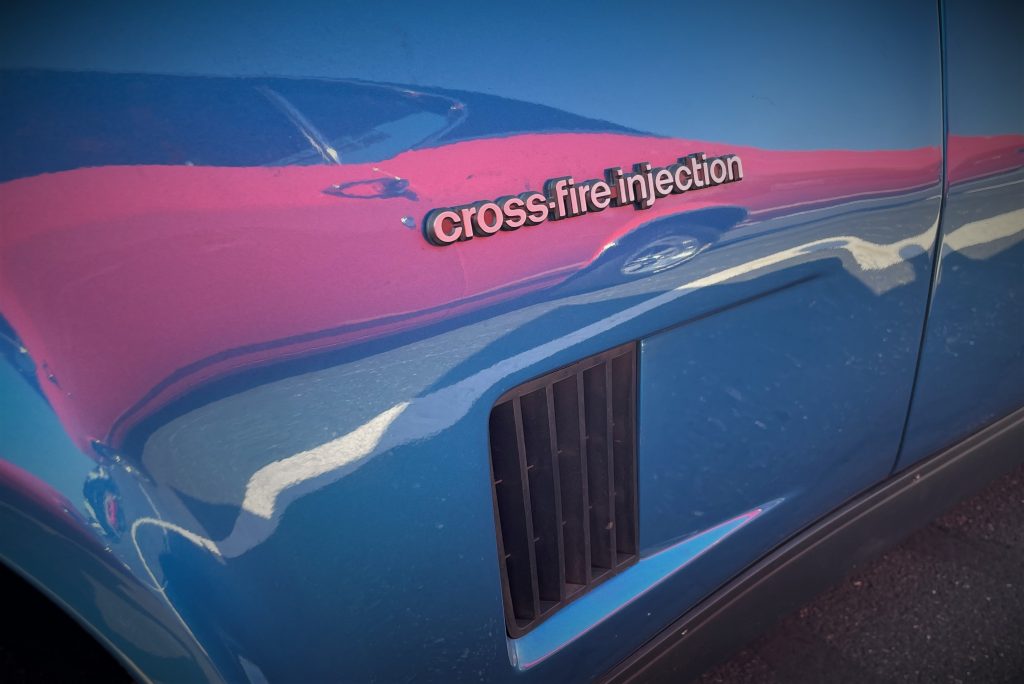
Noteworthy Engines & Trim Levels of the C3 Corvette Generation
While they would go on to perhaps more notoriety later in Chevy history, did you know that the legendary ZL-1, LT-1, and ZR-1 options began with the C3 Corvette?
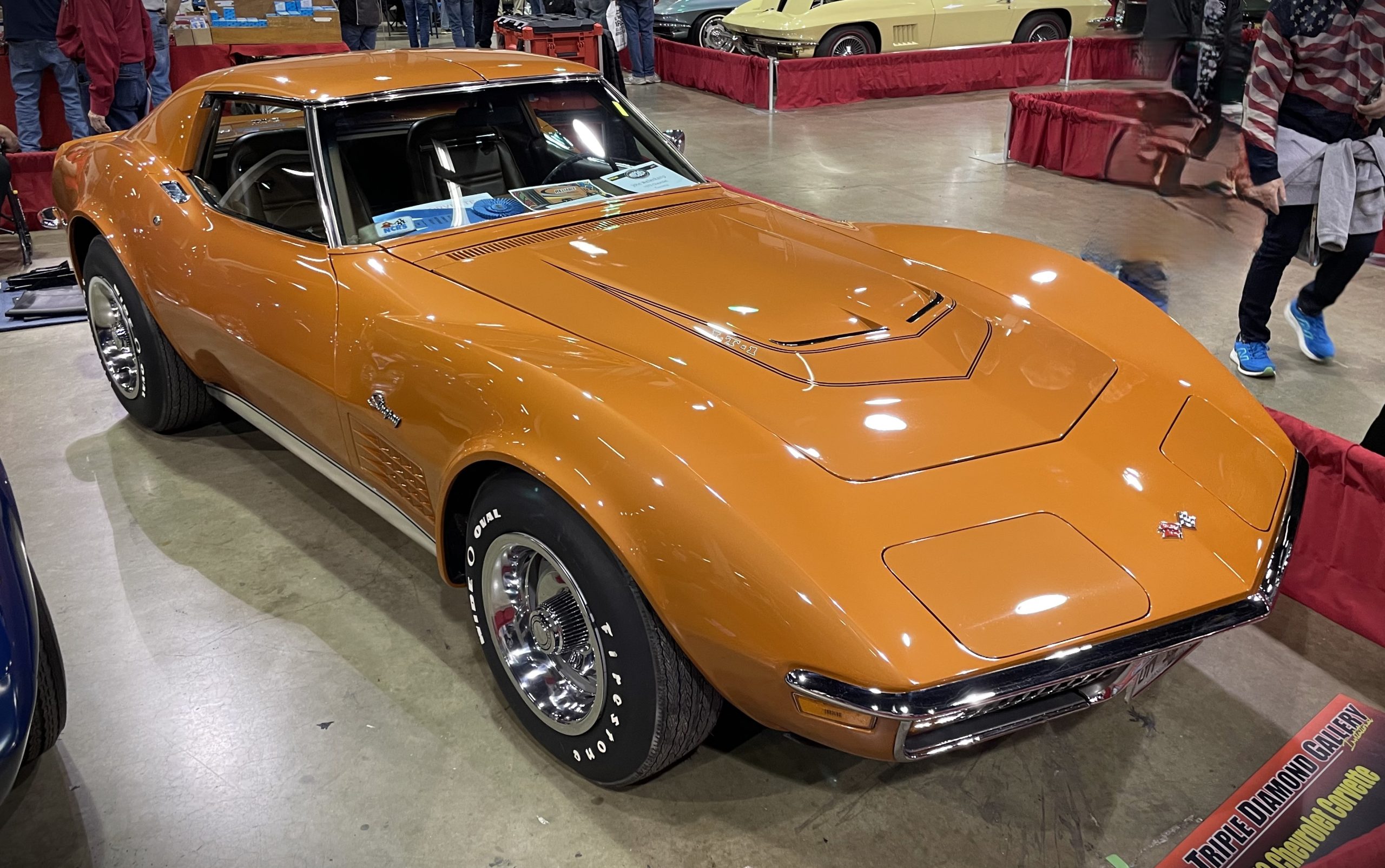
In fact, the 1969 ZL-1 is often regarded as the rarest (and most expensive) Corvette in the world. Only two are known to exist with proper documentation, a coupe and a convertible, and the ragtop recently sold for over $3 million at auction.
Next up is the LT-1 which bowed for 1970. It was a version of Chevy’s new 350ci V8 that cranked out 370 horsepower, making it the top-dog small block at the time. The LT-1 was available in both the Corvette and Camaro through 1972.
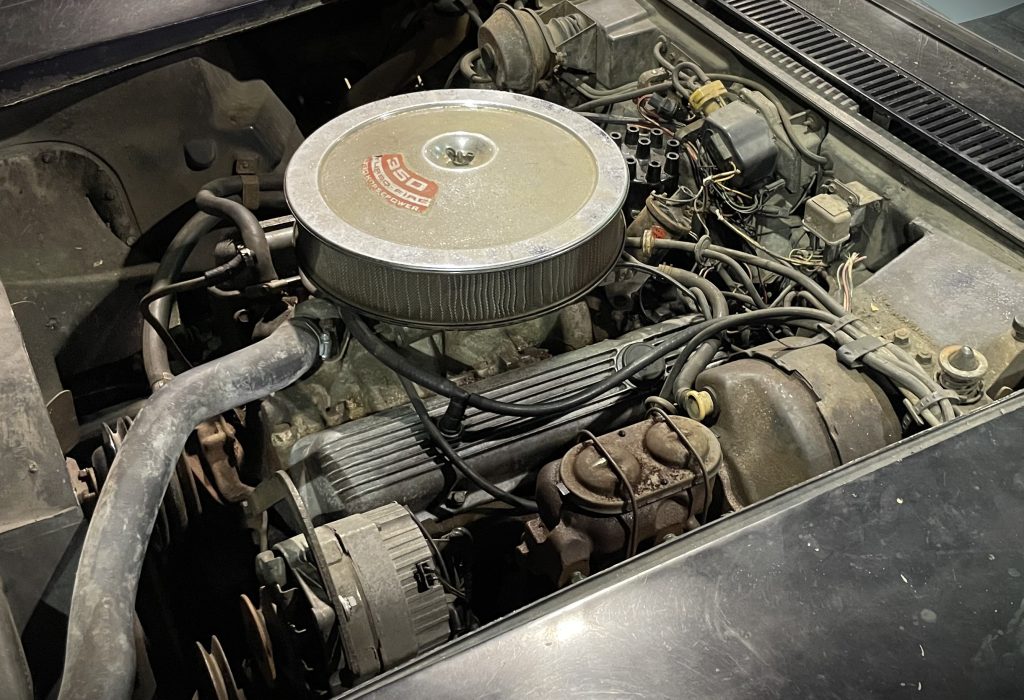
If the LT-1 wasn’t enough, you could step up to the ZR-1 performance package. Geared towards grassroots racers, the ZR-1 trim also gave you the Muncie M22 four-speed, along with upgraded brakes, cooling, and suspension bits.
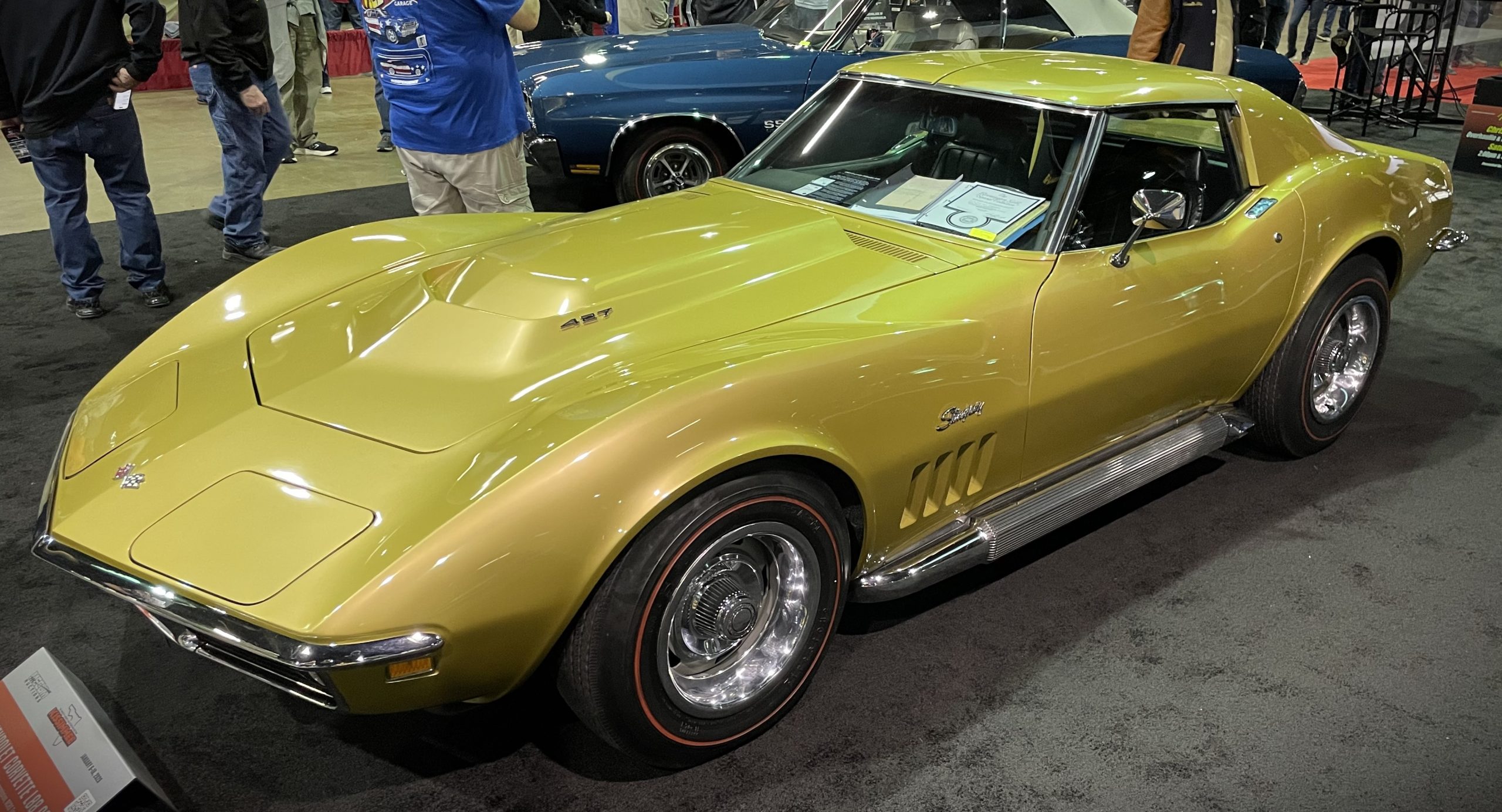
And let’s not forget about the big blocks, particularly the L-88.
It stuck around through 1969, propelling C3 Corvettes to the tune of a laughably underrated 430 horsepower. All of the available 427 engines gave way to the new 454 cubic inch big block in 1970, the most potent was the LS6 offered in 1971, which cranked out an impressive 425 horsepower.
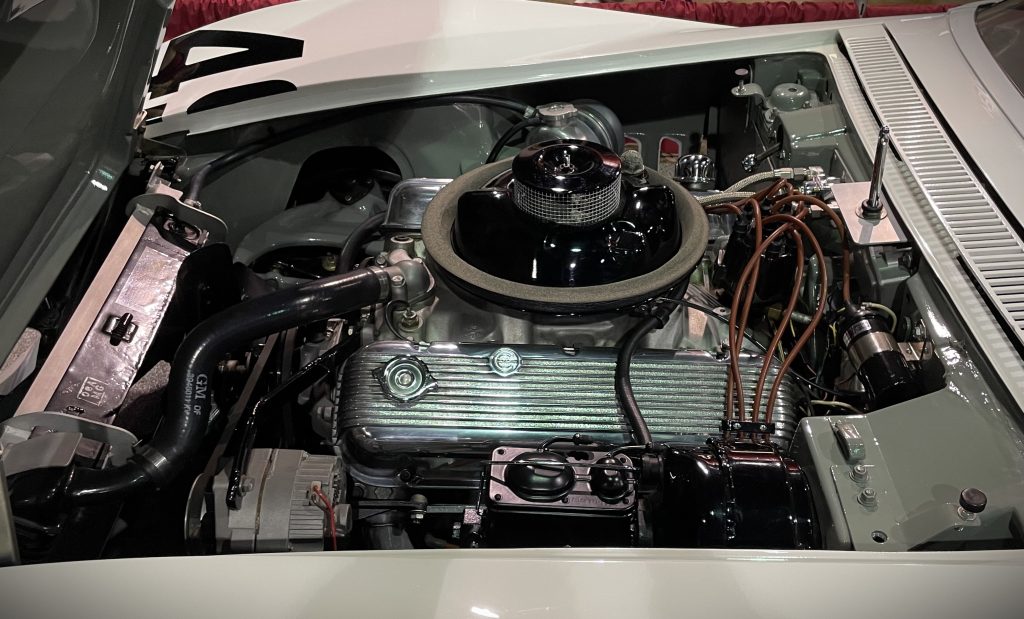
Then there’s the venerable 350.
Debuting in 1969, various flavors of the 350 cubic inch small block were available in every subsequent C3 Corvette. The high point was the 370 horsepower LT-1 we alluded to earlier, but the 350 carried America’s Sports Car through the emissions era as best it could, dipping to 165 horsepower in 1975 before steadily bouncing back in the following years.
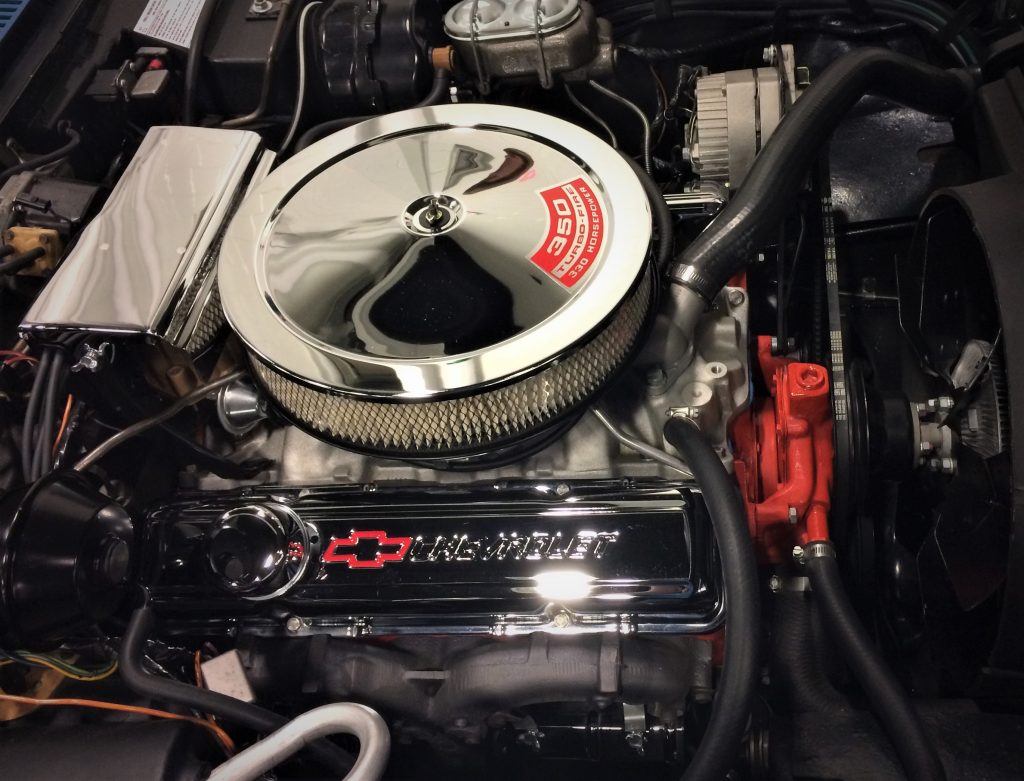
And no talk about C3 Corvette engine design is complete without a quick reference to Cross-Fire injection. Cross-Fire arrived for the final year of the C3, 1982, and it was the first time you’d see fuel injection in a Corvette since the old Rochester mechanical injection faded away in the 1960s. Meant to help both emissions and efficiency, the Cross-Fire system proved troublesome and was ditched after just a few years for a more modern EFI setup.
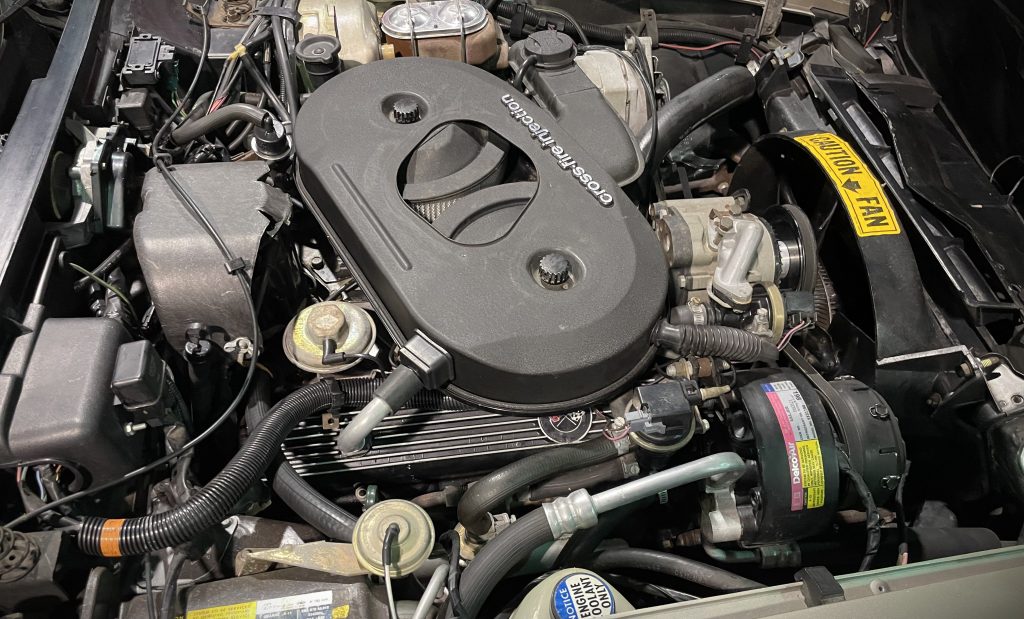
One other interesting engine footnote to mention is the California-only 305ci V8. For 1980 exclusively, it was the mandatory engine for all Cali-bound Vettes, in response to the state’s unique emissions requirements. The 305 made 180 horsepower (about 10 ponies down from the 49-state 350) and it became the lowest displacement V8 engine available in a Corvette since the 283ci V8 found in the C1.

C3 Corvette Stingray Legacy
As the 1970s endured, the C3 helped the Corvette transition from a rip-snortin’ sports car to a more refined grand tourer. It was perhaps a necessary adjustment, as every automaker worked to adapt to new safety and emissions regulations—which (if we’re being honest) meant that cars got a tad heavier and less focus was placed on performance.

And though it’s easy to be perplexed at the idea of a 160 horsepower Corvette, let’s not forget that the C3 continued to set sales records until the end of the decade—even as other performance cars disappeared entirely.
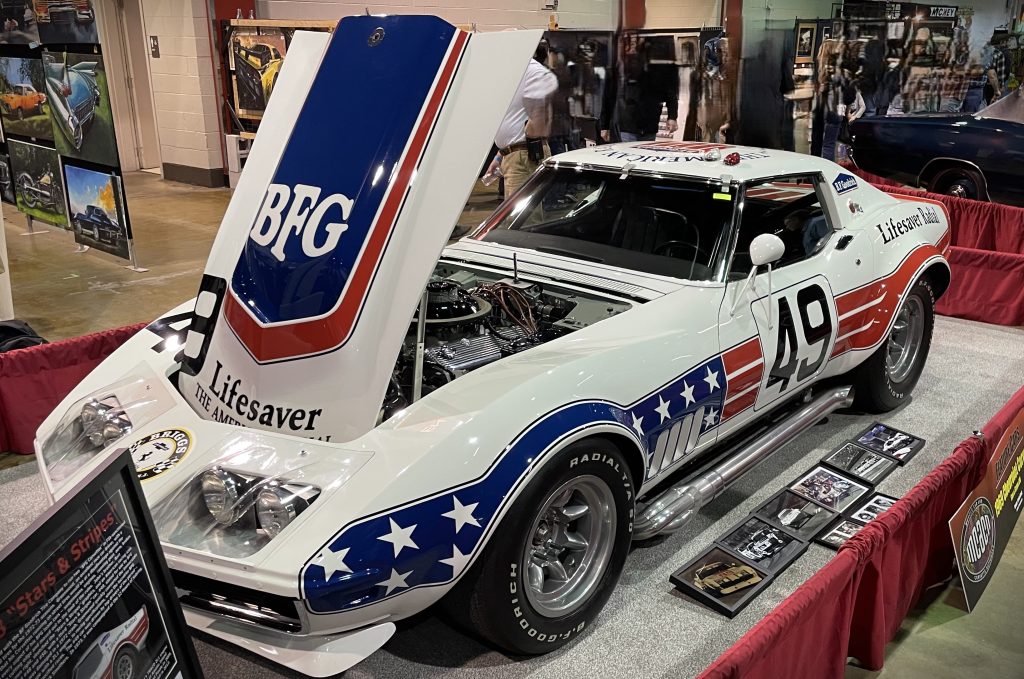
Let’s not overlook the C3 Corvette’s place in motorsports history, either—specifically the iconic Corvettes prepped by racing legend John Greenwood that campaigned in endurance races during the 1970s.
Starting with early ZL-1 L88-powered Stingrays, Greenwood made them lighter and more aerodynamic and was able to achieve speeds in excess of 210 mph on the famous Mulsanne Straight at Le Mans.
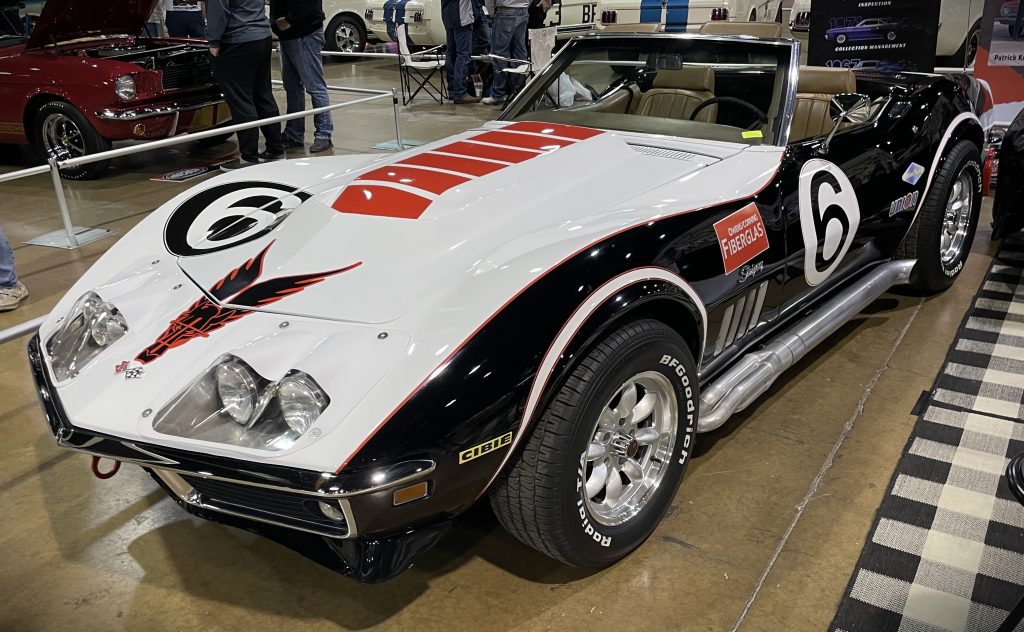
And perhaps more importantly, as the C3 endured, it became further engrained in pop culture (just ask Mark Hamill) and embraced by the worldwide gearhead community.

Indeed, thanks to a long production run, C3 Corvettes are still widely available and popular canvases for customization—turbine wheels, candy paint, and modified hoods are just a few of our favorite mods.
Oh, and an LS swap can make the C3 an autocross monster.

Despite its ups and downs, the C3 Corvette carried the performance mantle for Chevrolet through a tumultuous decade. But as tastes began to change, the Cross-Flag faithful began to wonder what a more restrained, updated Corvette would look like.

With an eye towards Europe, Chief Engineer Dave McLellan and Chief Designer Jerry Palmer headed to the drawing board to take the Corvette in an all-new direction.
But the C4 journey is a story for a different day…


I have owned a 1969 corvette convertible, 350 cu, 350 HP, factory sidepipes, since I think 1972. Love it for the looks, sounds and performance.
Corvette The greatest American Automobile life has to offer How Sweet it is to Have One or Five to go through life owning The Iconic Corvette or Corvettes is Fulfilling Dearly Love life in a Beautiful shine Corvette So Do Your life the pleasure of Owning This Incredible Art Of the best On planet Earth.
I own 1977 c3 still doing some work on it .love the cars style, it turns heads as it passes by I’m all smiles
I have a 1973 stingray 350 all original for sale asking 8000 needs some body work bipolar son did some damage to fender rear window side mirror and right tail lights rear bumper inside is factory black leather seats engine is fine just needs two belt also needs brakes done other than that was my dad’s car passed away before he died redid engine so only like 10 miles on it 350 325 horse
Near the end of your article you mention a 289 ci engine in the C1. In the V8, I remember only 265, 283, and finally a 327 only in the 1962. I do not remember a 289 ci engine. Am I wrong? That is a popular Ford ci number among others.
Yup, you are exactly right. Totally a typo on my part–too many engines floating around in my head I guess. Great catch, I’ll fix it now–and thanks for reading!
I have an 82 with 100,000 miles witch I got from cousin. Needs a little inside completely redone. Never wrecked. Plan on putting lsx454 if it will fit. And get new seals for those crazy T-tops. An my uncle has 84 with 15,000 miles. These will stay in the family for sure. Wish I could get his. Smells like new still
Great article! I know the tripower 427s carried over from the C2, but my ‘69 L71 was sad to not see her heart referenced here. Love the C3, and I think it is making a strong comeback!